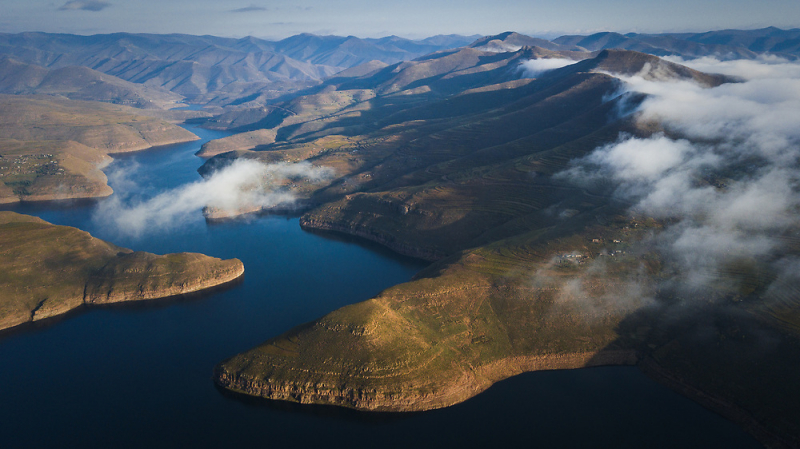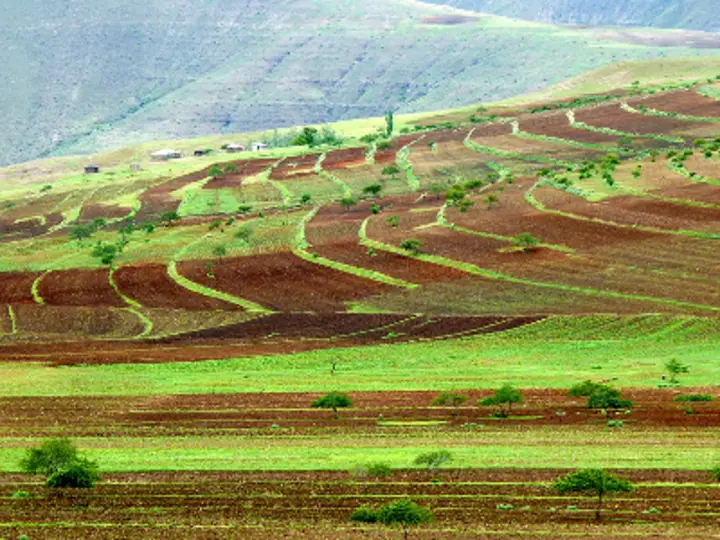Climate Change
Causes and Effects
Causes of Climate Change
The earth’s climate is dynamic and always changing through a natural cycle. It is a major concern around the world that the changes taking place today are accelerated by human activity. These changes are being studied by scientists all over the world who are finding evidence from tree rings, pollen samples, ice cores, and sea sediments and climate models.
Natural Causes
There are several natural factors responsible for climate change that have occurred over the course of the Earth’s existence. Some of the more prominent ones are continental drift, volcanoes, ocean currents, change in solar circle, Wild fires, earth’s tilt, and comets and meteorites.
Anthropogenic (Man-made) causes
Many human activities result in the emission of greenhouse gases, which are responsible for the anthropogenically enhanced greenhouse effect. Examples of greenhouse gases emitted by human activities include carbon dioxide (CO2), methane (CH4), nitrous oxide (N2O), hydrofluorocarbons (HFCs), perfluorocarbons (PFCs), sulphur hexafluoride (SF6) and nitrogen trifluoride (NF3). These activities include, among others, the burning of fossil fuels (coal, oil and gas), clearing of trees, and agricultural practices that lead to increased GHG concentration in the atmosphere.






